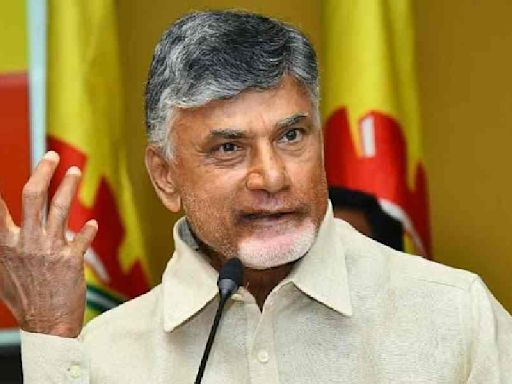Amaravati: Andhra Pradesh Chief Minister N Chandrababu Naidu on Friday said that though the proposed medical colleges will be developed under the Public Private Partnership model, their administration and jurisdiction will be under the government.
The state’s decision to go for the PPP model for 10 government medical colleges has sparked a major controversy in the southern state.
“Though the PPP model (of development) is being undertaken for the medical colleges, their administration and jurisdiction will be under the government,” Naidu said in an official release.
The key points of the government’s current stance are:
-
- Government Control: The colleges will not be handed over to private entities; the government will manage them entirely.
- PPP Model for Infrastructure: The private sector’s involvement is primarily for the rapid construction, equipping, and operation/maintenance of facilities to ensure time-bound completion and efficiency, a move argued as necessary due to prior delays.
- No Privatization: The CM and Health Minister have explicitly stated this is a PPP model, not privatization, and the goal is to expand quality public healthcare without financial losses to the state.
- Seat Allocation: The government maintains that the new structure will provide more seats under the government quota for AP students. For instance, in a 150-seat college, 75 will be under the Convenor Quota.
- Healthcare Services: Free Outpatient Department (OPD) services and other government health schemes like NTR Vaidya Seva will be fully implemented, with a large percentage of beds reserved for free inpatient care.
This decision has sparked significant political debate, with opposition parties accusing the government of an effective “privatization” of public assets, but the administration remains committed to the PPP approach as a means to achieve “Arogya Andhra Pradesh” (Healthy Andhra Pradesh).






